The second most popular mushroom-related question online is if a specific mushroom is poisonous (the most popular question is the exact opposite, “is this mushroom edible?”). “Is this mushroom poisonous?” by itself is a valid question, but it’s not an easily answerable one.
While the question-asker is serious and usually genuinely curious, the answer is way too complicated for a yes or no answer. It’s also a lot to ask from a social media platform with various online “experts” with varying degrees of knowledge.
There are also tons of mushroom myths out in the world, especially on the internets. Read up on the common myths around poisonous mushrooms.
Jump to:
About Poisonous Mushrooms
There are several things a person should know before asking, is this mushroom poisonous:
- There is not one overarching way to tell if a mushroom is poisonous or not.
- Poisonous mushrooms come in many shapes, sizes, and colors and from many habitats.
- Poisonous mushrooms do not all possess a common identification factor that makes it easy. (But, gosh, wouldn’t that be nice!)
- If you want to know if something is poisonous, you MUST learn basic mushroom identification skills.
A Gallery of Toxic Mushrooms
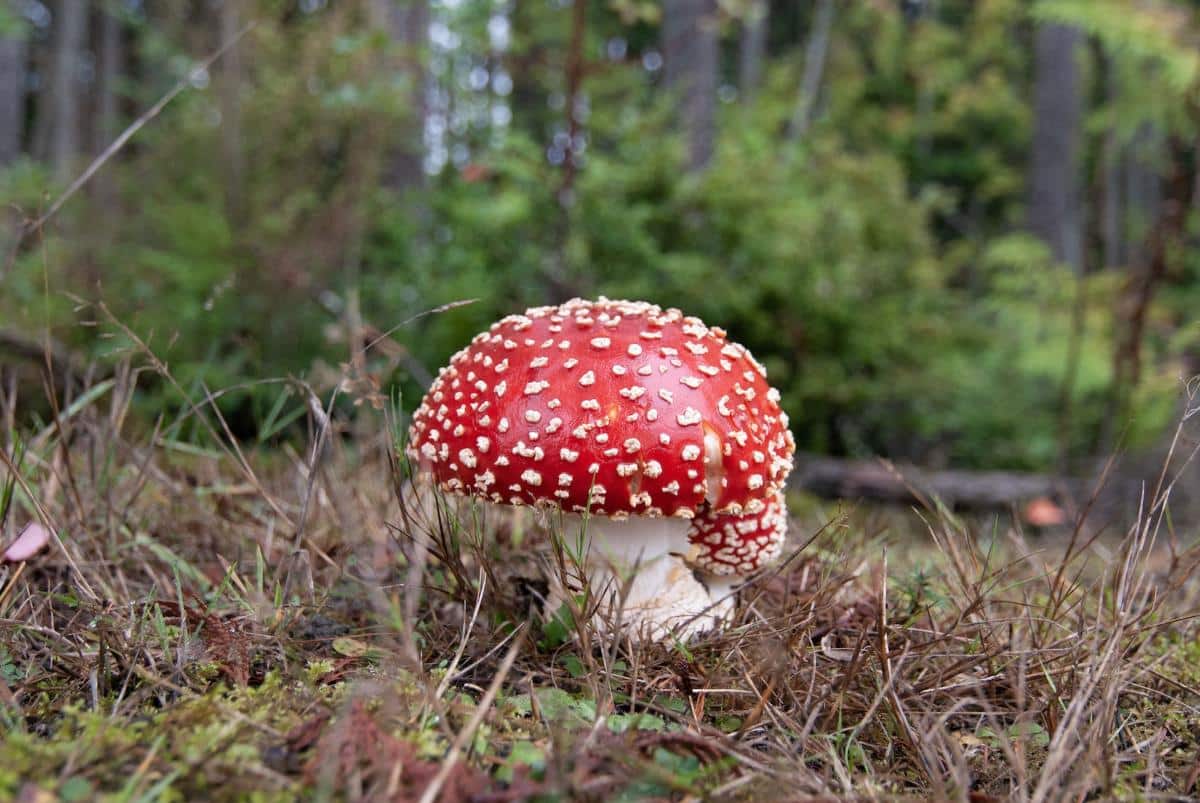
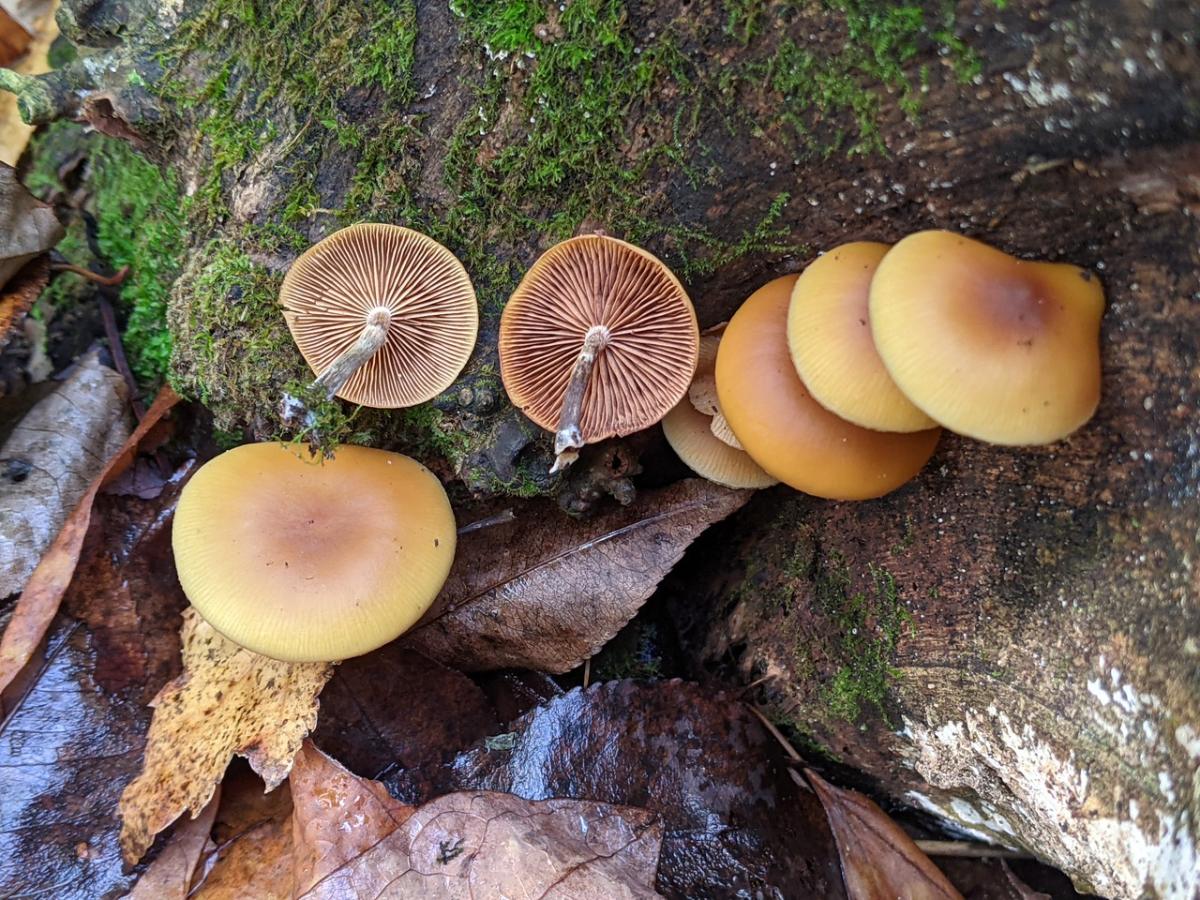
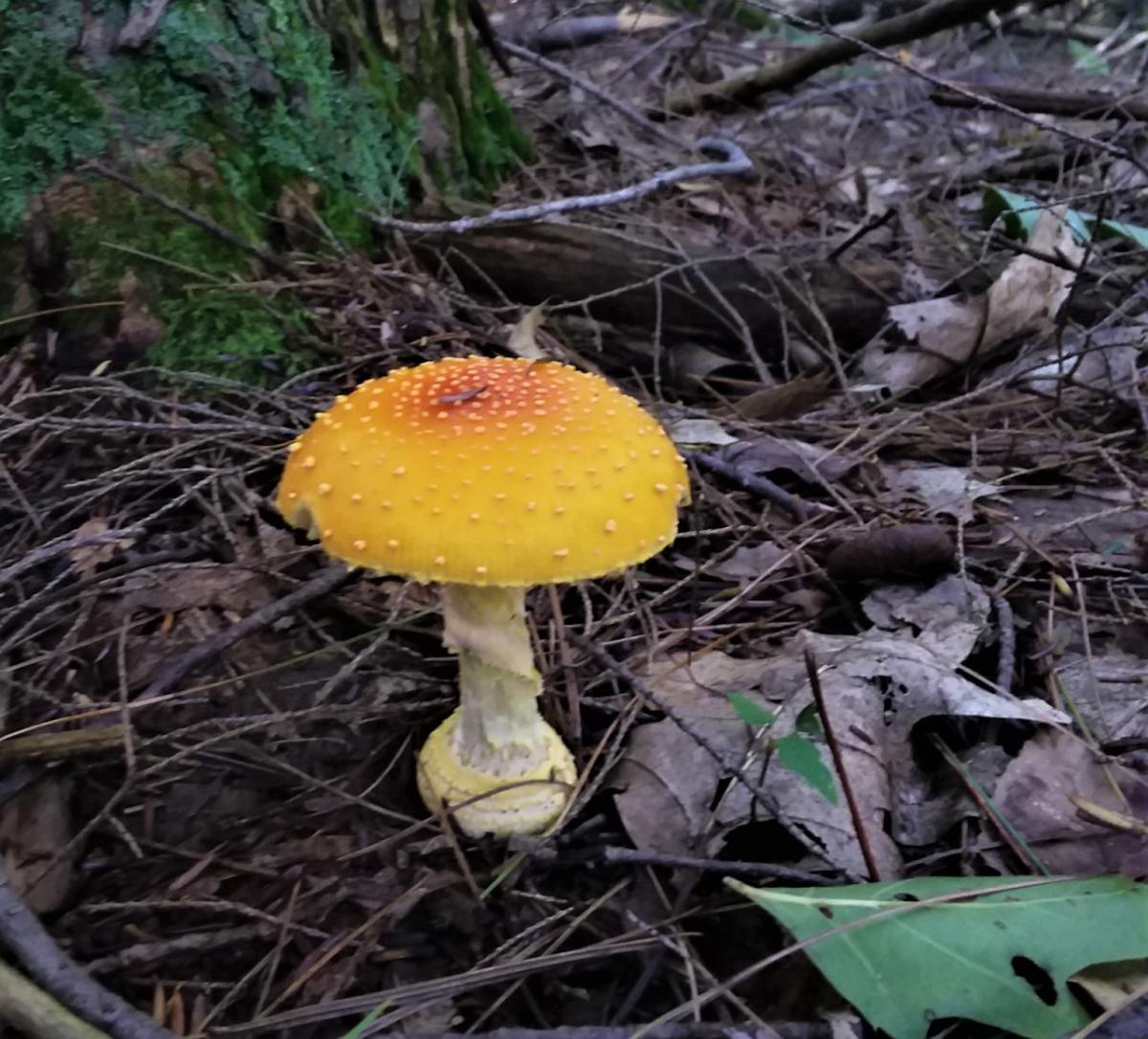
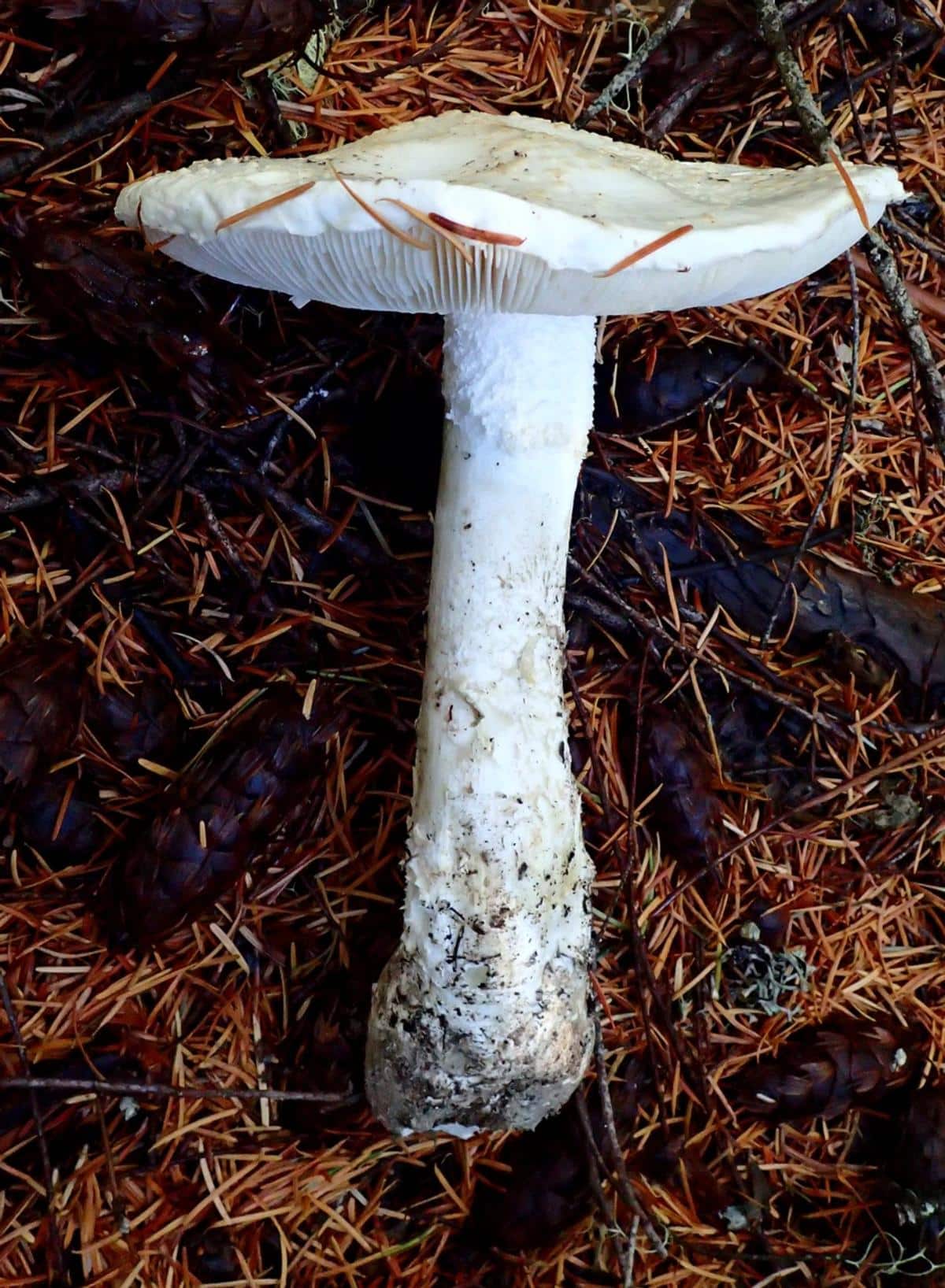
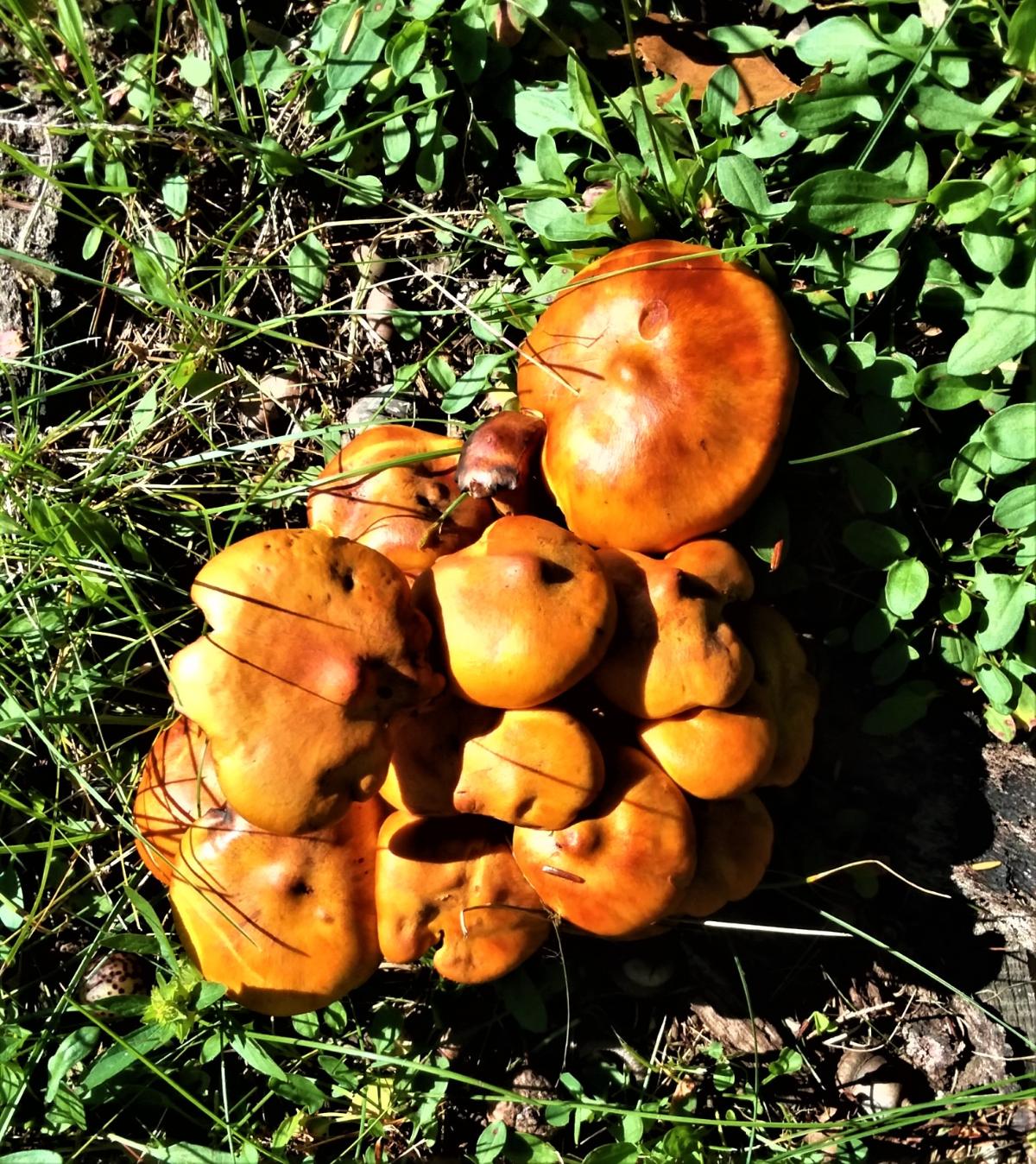
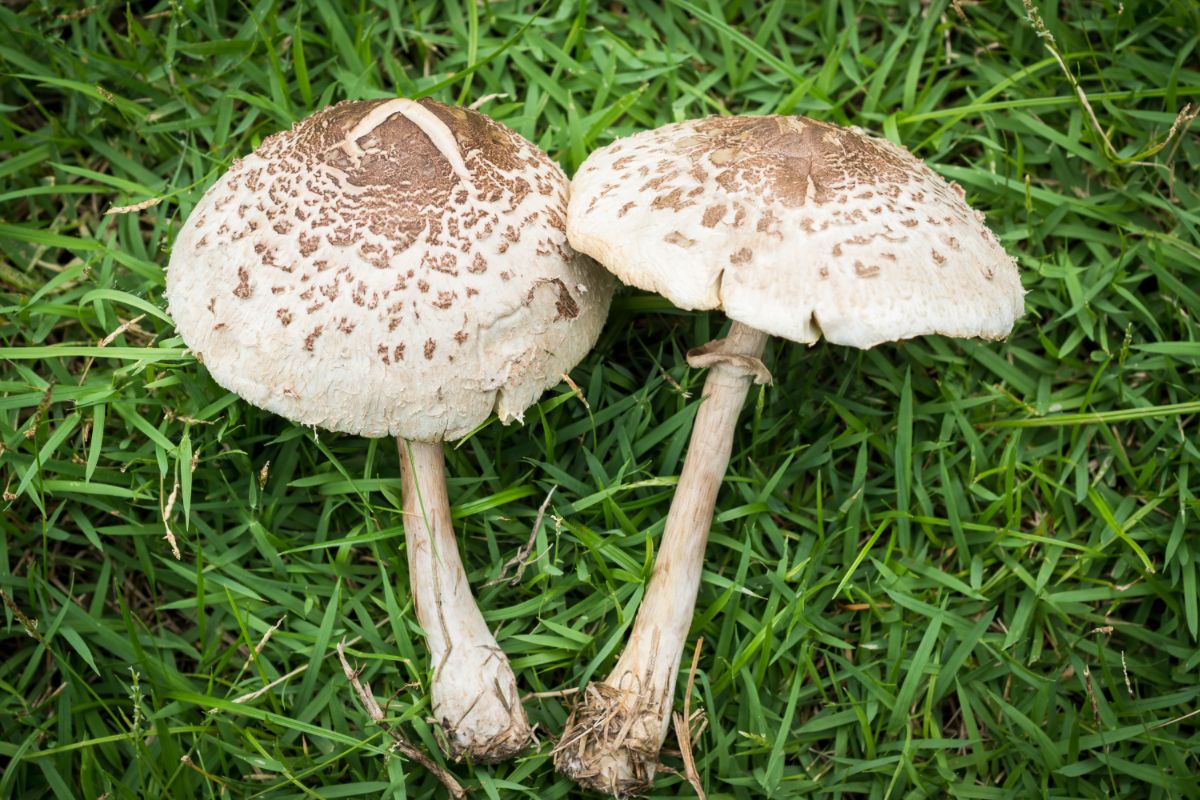
Identification Is The Answer
There is only one way to tell if a mushroom is edible, and that is to identify it. Of course, that is often a lot easier said than done. With over 5,000 types of mushrooms in the United States, it’s a lot of mushrooms to know. Of the 5,000++, around 150 are toxic or poisonous. And from the 150, about 12 are actually deadly.
A better way to approach this problem of toxic mushrooms is to learn how to identify the 12 deadly ones so you don’t die out there. Then, start learning the other 138 poisonous ones, so you know how to avoid those too.
It’s a lot of work; there’s no way around it. You can rely on online forums to do the work for you, but what are the chances the folks on social media know all these mushrooms too?
This article isn’t meant as a scare tactic; simply a statement about the real world of mushrooms. And to encourage you not to rely on the knowledge of strangers and instead learn how to identify mushrooms on your own so you can be absolutely sure about a species.
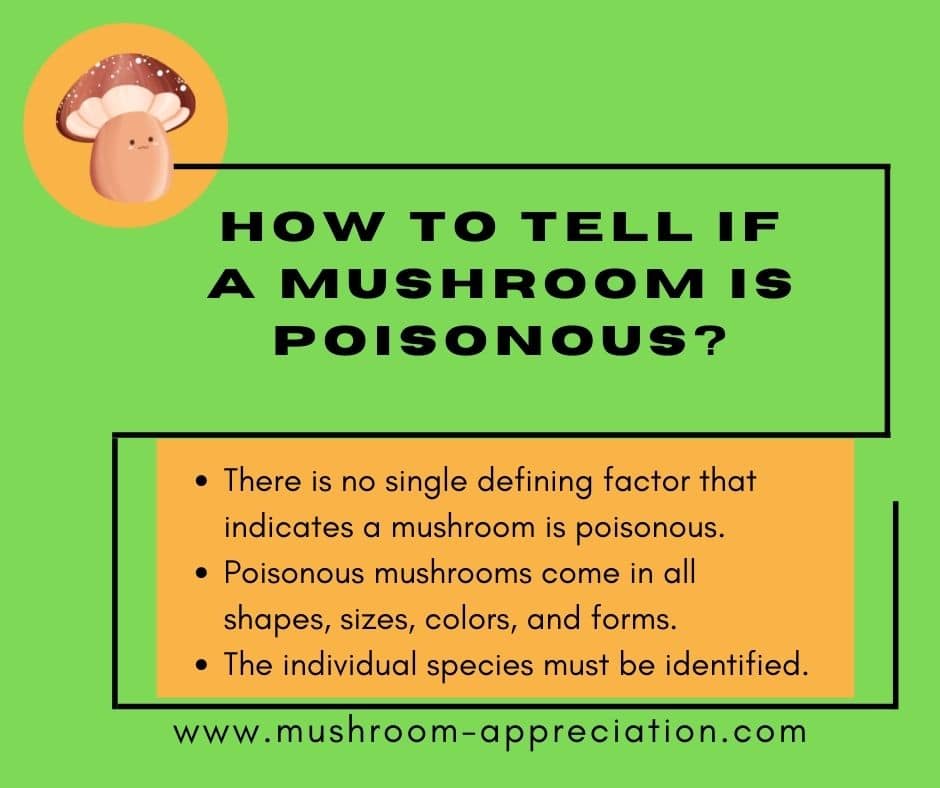
Steps To Improving Identification Skills
Observe
Where did you see the mushroom? Was it in the woods or a meadow, on a tree, or growing from the ground?
Location matters a lot. Most mushrooms are region specific as well as habitat-specific. If it grows on a tree, it is very unlikely it will also grow from the ground. Take the time to observe the natural surroundings and make a note of them.
This observation includes noting the types of trees surrounding the area. Even when the mushroom grows on the ground, the surrounding trees can provide keys to its name. Most mushrooms grow in association with specific trees through mycorrhizal networks underneath the soil surface. You can’t see it, but it’s there, and it matters to the mushroom and the identifier.
Here are some questions to ask when looking at an unknown mushroom:
- Is the mushroom growing on the ground or a tree, or in an open meadow?
- Is the tree living or dead?
- Is the mushroom growing alone or in a clump or a cluster?
- What type of tree is the mushroom on, if it is on one?
- What time of year is it?
These are also extremely important to note if you intend to ask the online or in-person mushroom community about your find. The first thing a qualified mycologist or mushroom expert will ask you is where you found it. Closely followed by, when did you find it?
Take Pictures
As the old saying goes, a picture is worth a thousand words. This is true to some extent with mushroom identification. Pictures help A LOT. But, they aren’t everything. Many factors, like scent, surroundings, and season, don’t come across well in images.
Also, a single image is rarely enough to identify a mushroom. A single fuzzy image is never going to be enough. If you can’t get a clear image, it’s not worth even trying to identify.
To improve the chances of a mushroom being identified, follow these photo guidelines:
- Take pictures of all sides of the mushroom — Gills or Pores, Cap, Underside, Stem (including the base)
- Photograph the habitat.
- Take clear images
- Don’t Guess
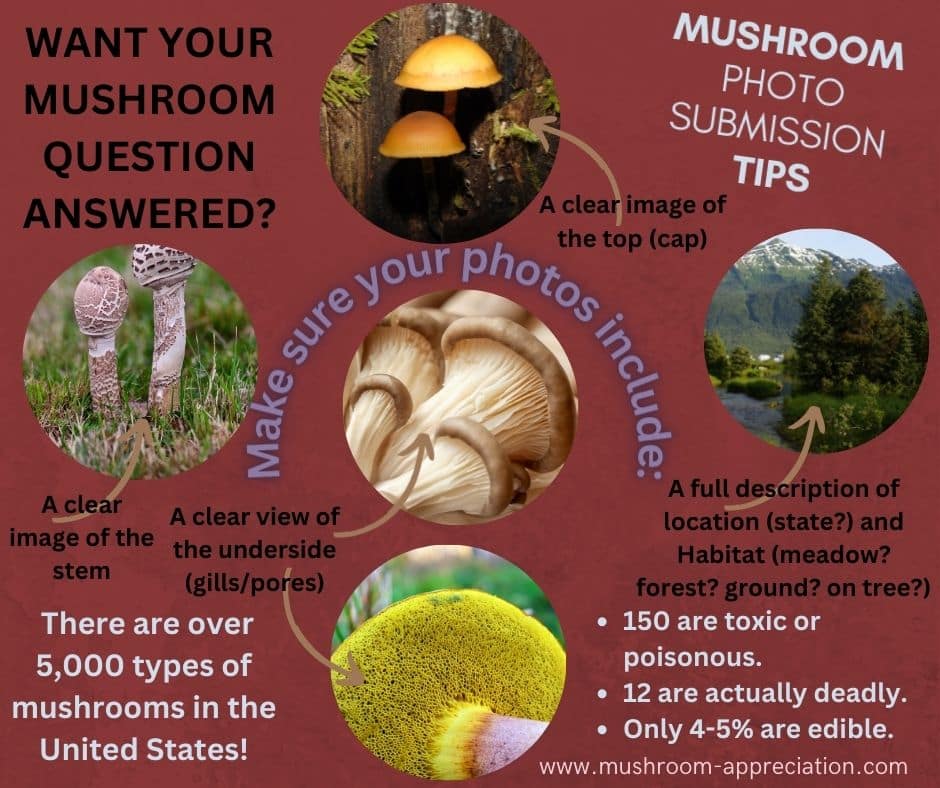
Never guess at a mushroom’s edibility or non-poisonous nature. For real. People die every year after making this mistake. Eating wild mushrooms is not the time, place, or situation to be bold and daring. In the mushroom world, there is a saying that gets repeated way too often, but then again, maybe not enough because people still eat things they don’t know.
‘There are old mushroom pickers and bold mushroom pickers, but there are no old, bold mushroom pickers.‘
Ask A Real Expert
Online forums (including Facebook!) are not reliable sources. They are an excellent resource, but no one’s comments are fact-checked, and there is so much false information out there that it is mind-boggling. You can use online sources to get you started in the right direction, but you must be able to continue the identification on your own.
These sources should never be your only identification resource. I have seen commenters purposefully give incorrect identifications for the “fun” of it — random internet strangers are not a reliable source of information about what you should or should not eat. In the end, you are solely and entirely responsible for what you eat and you must take responsibility for your choices.
A local mushroom club, group, or forager is a much better resource. These people are paying to be part of a club, so they’re serious about learning for the most part. Also, they know essential identification as well as the dangers and can utilize the hive-mind of their groups.
If you’ve ignored all advice and common sense and ingested an unknown mushroom, call poison control or go straight to the hospital. And take the mushroom with you (if there’s still some left).
If you suspect poisoning from any mushroom, contact poison control immediately – (800) 222-1222 (people) or (800) 426-4435 (animals)
National Association of Poison Control Centers
Poisonous mushrooms might have an immediate reaction or take several days to a week to show severe signs. Yes, some are tricky and mean little poisoners. If ever in doubt, please be safe, so you’re not sorry.
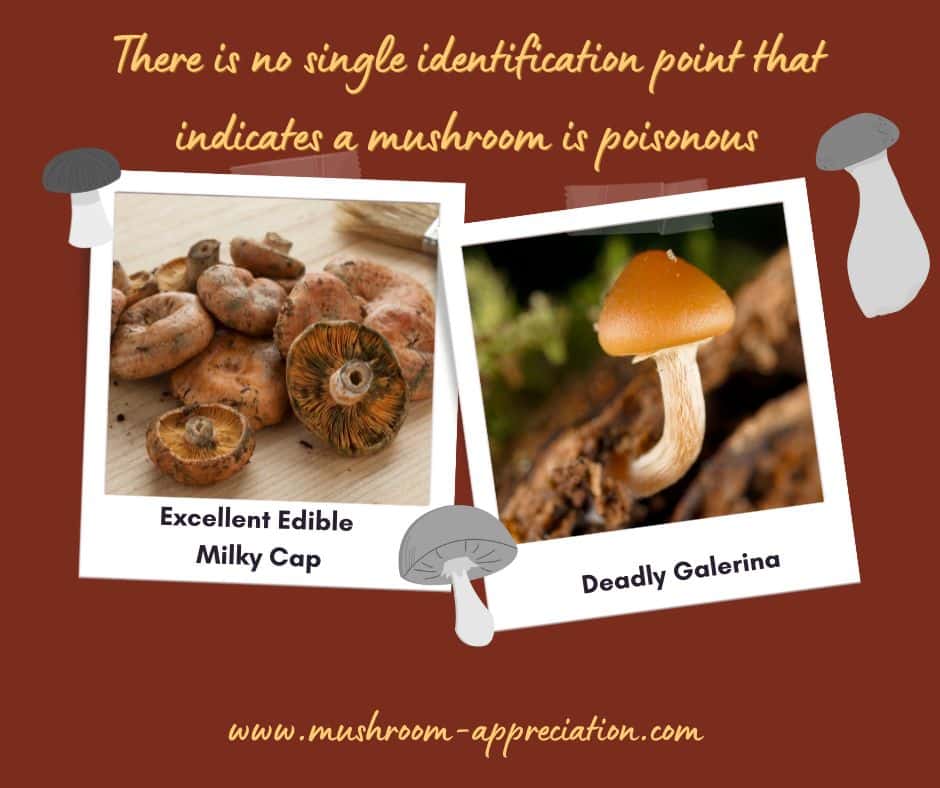






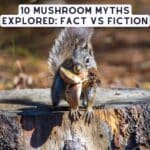
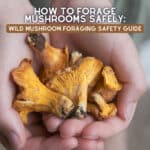
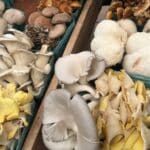
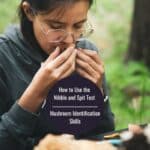
Brian Thompson
Was work dumping pine needles and leaves and reached out to examined a small light brown mushroom growing in clusters stem was hollow and translucent when I squeezed it. Sow about three hrs later i, m having a reaction, I think it might be related I look like the nutty professor.
Jenny
Oh that sounds awful! It could be from the mushroom or from the pine needles — the sap is also well known to cause rashes or allergic reaction of some type. https://dermnetnz.org/topics/rosin-allergy You probably want to see a doctor or dermatologist if it’s bad